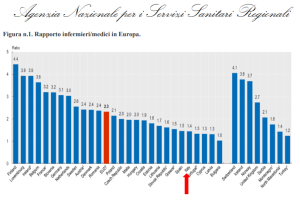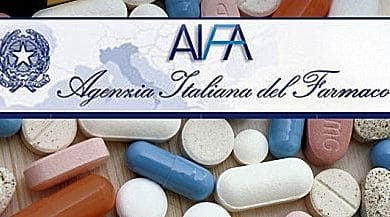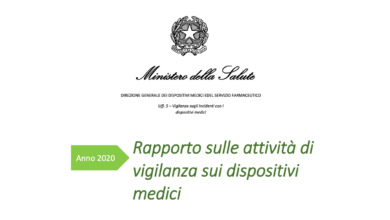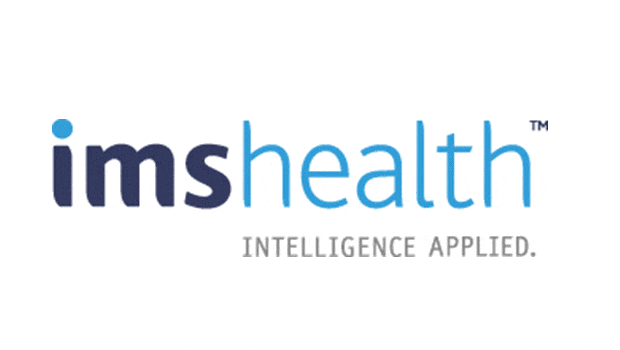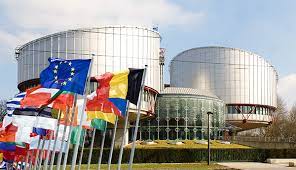
An analysis of NHS personnel on data from the Ministry of Economy and Finance (Annual account 2020), the Ministry of Health, ISTAT and EUROSTAT (2019-2021) and OECD surveys (2020) has been published by AGENAS.
The elaboration, by the National Agency for Regional Health Services (AGENAS), examines various aspects relating to the personnel endowment of the National Health Service: European scenario, regional differences, number of GPs/PDs and nurses, turnover rate, recruitments during the Covid-19 emergency, needs for strengthening territorial assistance, training, and allocation of funds.
In summary, the comparison with the EU averages shows how the Italian health personnel, in relation to the population, is characterized by a adequate total number of doctors and from one insufficient number of nurses.
Within the medical staff some specializations are lacking, in particular general practitioners, which, although compared to the population are apparently sufficient, are lower than the EU averages, unevenly distributed across the territory And very scarce in areas with low population density or characterized by difficult orographic or geographical conditions.
The continuation of the hiring freeze, interrupting the regular supply of roles, has determined theincrease in the average age of the staff and the consequent phenomenon of the "pension hump". This phenomenon, although it concerns all healthcare personnel, naturally appears more threatening for the already deficient professional profiles.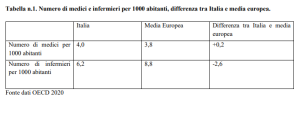
So, the two categories GPs and nurses appear to be most at risk and the interventions limited to increasing the training offer in other European countries have proved to be partially ineffective. If we consider that these two professional profiles are the cornerstones of any operation to strengthen local healthcare activities, it is considered necessary to combine the increase in the training offer with a system of incentives capable of making these professional figures attractive in terms of recognition social as well as economic.
The emergency measures adopted during the pandemic did not produce significant corrections in the stocks of "nurses" and "GPs".
The training offer of the various specialization schools has been significantly increased starting from 2018. The effects of these expansions will be appreciable in five to six years, therefore starting from 2023. For the five-year period 2022-2027, the training offer of the various specialization schools will be able to ensure, constant legislation, the foreseeable number of retirements for the same period.
For the professional profile "nurses", in the five-year period 2022-2027, the current training offer will be able to ensure sufficient staff availability to compensate for the foreseeable retirement in the same period plus that of the foreseeable new recruitment, in relation to the need to strengthen territorial assistance.
The minimum personnel funding envisaged in Ministerial Decree 77/2022 is ensured by art. 1 paragraph 4 and 5 of the Decree-Law of 19 May 2020, n. 34, converted with amendments with the Law of 17 July 2020, n. 77, and by art. 1 paragraph 274 of Law 30 December 2021, n. 234.
The report: NHS personnel - 2022  (PDF)
(PDF)
AGENAS – The staff of the National Health Service
Related news:
Nurse 24 – 10.13.2022 – Agenas publishes an analysis of NHS personnel
—————————————————————————–
ANSA – 12.10.2022 – Sos nurses, 6 per 1000 inhabitants, 18 in Switzerland
—————————————————————————–

